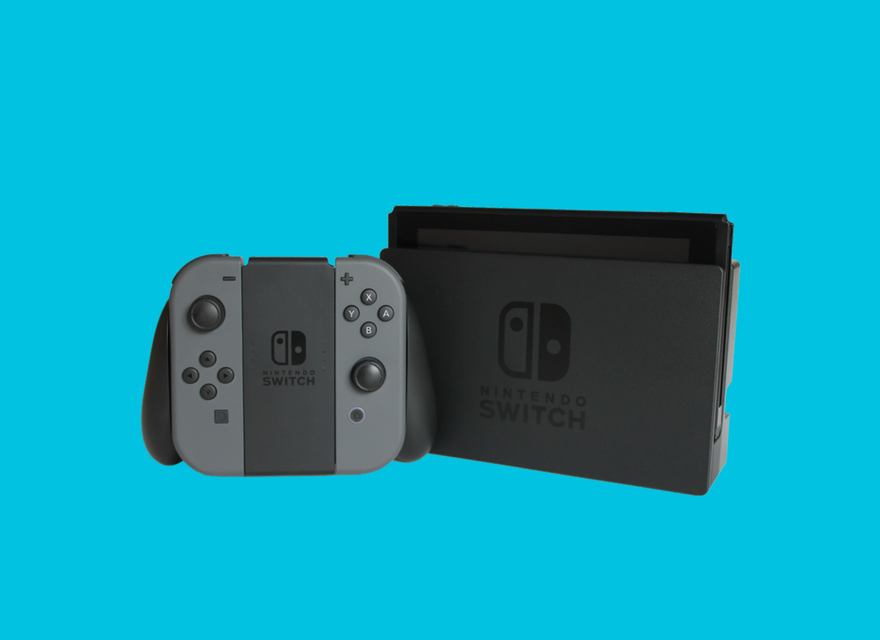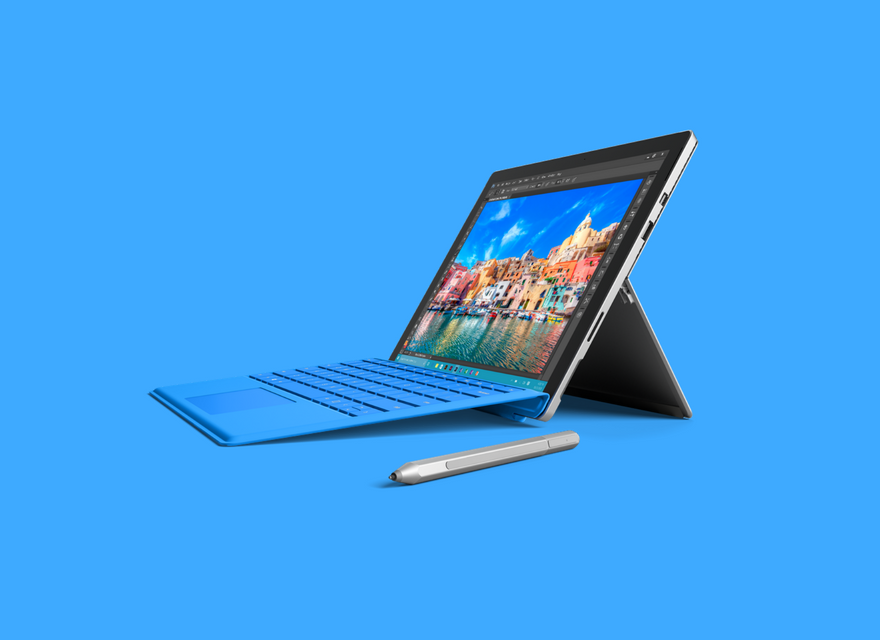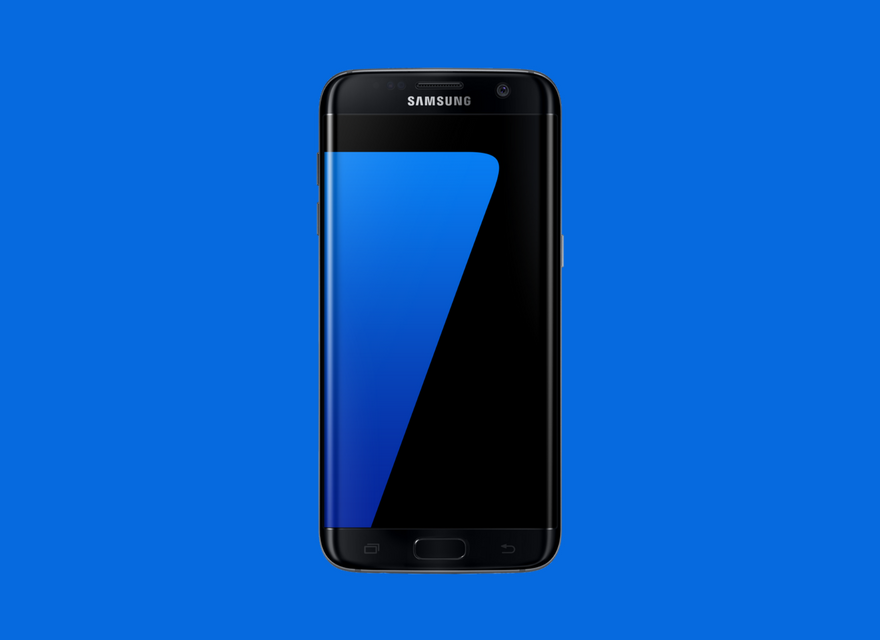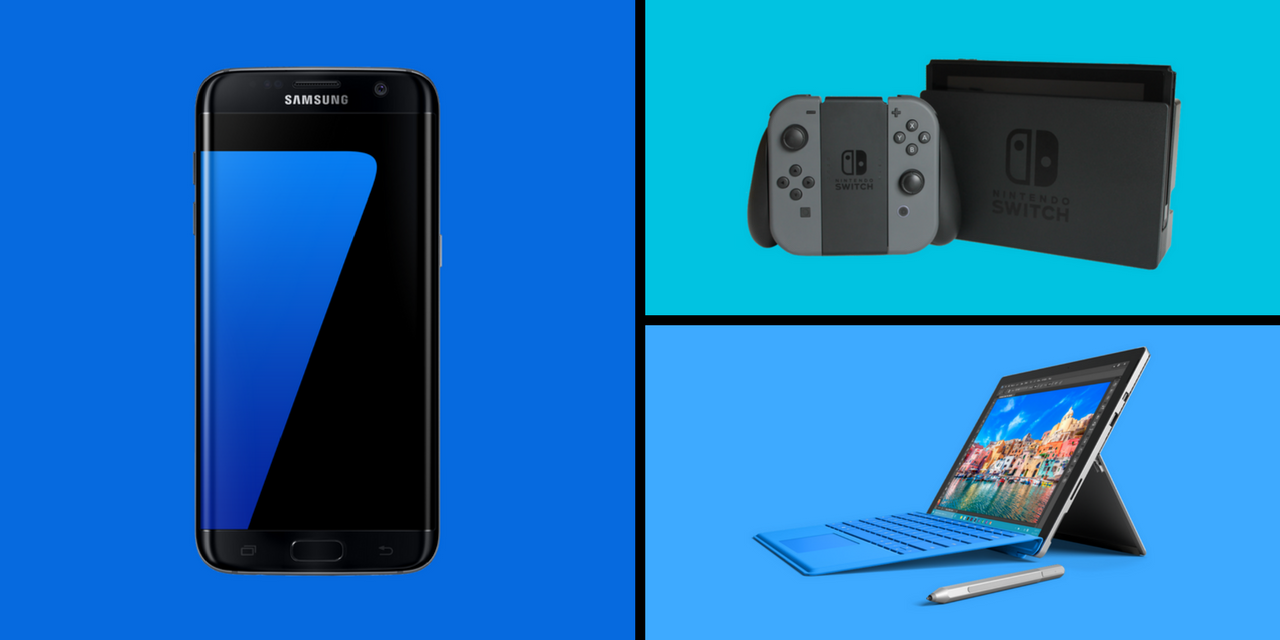3 Tech Brands Making Big Strides with Mainstream Consumers
This article comes to us from the Speaking Human University Program, which gives voice to the opinions and perspectives of the next generation of consumers and marketers…
Brands are quite literally everywhere. We are fed information about hundreds of them every day through advertisements, endorsements, social media, and so on. I can only imagine how difficult it must be for today’s brands to find ways to stand out amongst the pack—especially in competitive and overloaded markets like technology. Yet brands are constantly discovering new ways to break through.
Here are three key technology brands I believe are making great strides to either rise or bounce back to relevancy in the minds of mainstream consumers:
1. Nintendo
Okay, so to be frank: Nintendo’s one of the best gaming companies to grace the history of video games. The company has a long history (they started out producing playing cards in the late 1800s), but most of us know them for their lovable characters and memorable experiences that they bring with their line of game consoles. This was paramount when they released their mega-hit, the Nintendo Wii.
I can still remember the craze of thousands of older adults who were normally disconnected from the technological world become immersed in playing a round of virtual tennis or bowling through the consoles Wii Sports game. It was incredible to see how well Nintendo and the Wii as a brand managed to captivate the mainstream like it did.

It’s not without surprise then that what immediately followed the immense success of the Wii was what I not-so-lovingly refer to as the “dark ages” for Nintendo. At the height of their success, they released their next system called the Wii U. This was a blunder that I’m not quite sure how it got past marketing. From confusing advertising to poor naming, the Wii U was destined to fail, and it did just that.
Having only been on store shelves for five years (compared to the Wii’s impressive seven-year life span), the Wii U was done for in favor of Nintendo’s next console, the Switch. It seems with their newest console the company is finally back to form—from naming to messaging—and I couldn’t be happier to see one of my favorite companies succeed.
2. Microsoft Surface
As a long-time Microsoft Windows user, I’m not going to lie here and say that I haven’t ever been tempted to switch sides and migrate to Apple’s Mac OS. For years, I had a lot of trouble getting Windows to cooperate for some reason or another, and I started to reach my breaking point in 2013.
However, as I was doing some cursory Black Friday shopping, I noticed that one of the local electronics stores were holding a sale on Microsoft’s own 2-in-1 tablet computer monstrosity, the Surface. After a little deliberation, I decided to give Microsoft one last shot on their own turf, and I fell in love.

Now, the Surface at the time was far from perfect (it had Windows 8 installed, so clearly it could never be the perfect machine), but it was a refreshing restart for me, and it had me hooked back on to the platform. Eventually, I’d go on to own the Surface 3, which is probably the perfect device for any student. You could feel the quality increase with each iteration, and the reliability ended up being much better than any computer I had ever used before.
Currently, I own the Surface Pro 4 and couldn’t be happier. It’s truly impressive how Microsoft was able to turn me (and I’m sure numerous others) around on their platform through the Surface brand. It’s now my go to recommendation whenever I’m asked, “What computer should I buy?”.
3. Samsung Galaxy
Looking back at smartphones at the end of the 2000s, it’s incredible how far technology has advanced in such a short time span. I can still remember how out of reach the idea of even owning even the lowest-end model seemed several years back, let alone a premium model like Apple’s iPhone.
However, for all those years I lusted after owning one, I never once gave a second glance to Samsung’s Galaxy lineup. Samsung tried to market it as the Android-equivalent to the iPhone, but it just seemed so cheap and poorly thought out in comparison. It wasn’t until the release of their Galaxy S6 line of smartphones that I started to take them seriously.

With the S6, they finally nailed the aesthetic of a high-end model with its glass chastity and sleek design. That coupled with clever advertising aimed at being cheeky with its competitors was enough to get me to want a Galaxy after all these years. Once the S7 was announced the next year, I knew it was time jump on the bandwagon.
As someone who is contemplating upgrading to their newest model for the second year in a row, I have to say Samsung managed to really turn their image around in my head from being a faux-fancy manufacturer to a proper high-end one.

AUTHOR: Anthony Cornejo
ORIGIN: Speaking Human Contributor
Follow Anthony on Speaking Human / Human Content from Anthony








